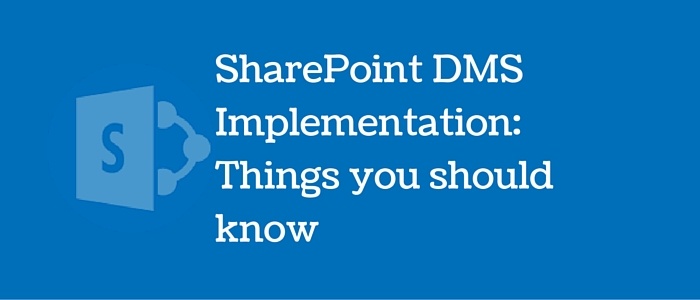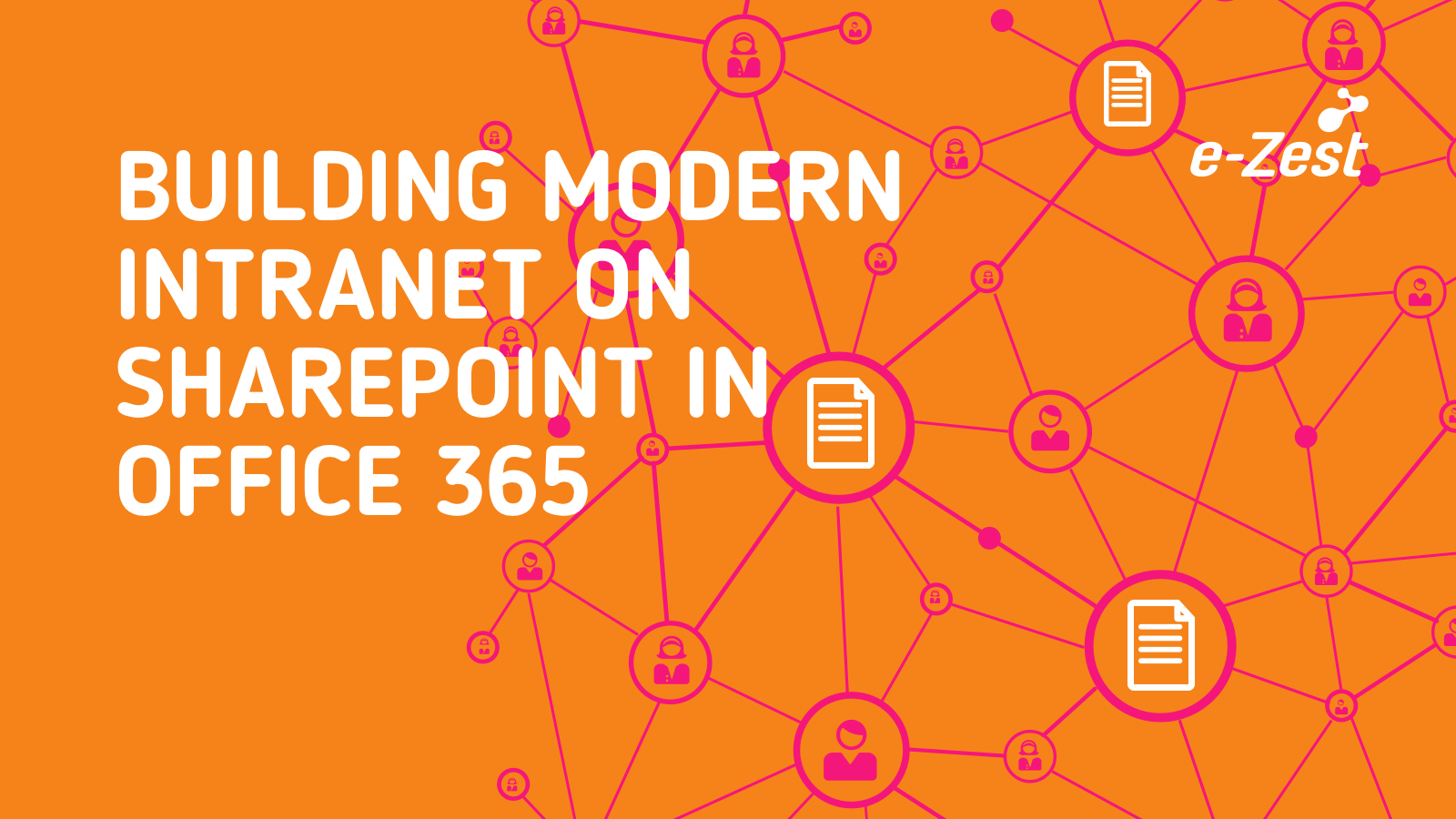Having worked closely with enterprise customers implementing SharePoint Document Management Systems (DMS) in their organizations, I have learned some valuable lessons. Through this post, I want to share some of the key learnings with you. These learnings are beyond just the technology aspects of Microsoft SharePoint DMS.

First of all, let us see the important objectives for which organizations employ DMS:
- Search and Storage of organizational documents
- Locate documents easily
- Compliance
- Serve the end users (customers and employees) better
If you are also implementing or planning to implement SharePoint DMS, you need consider the following building blocks while in discussion with prospective tech vendors during the consideration stage:
- Is there an underlying process that generates the documents?
- Are there forms to be filled that are associated with the document (or process)?
- Is the document live? Is it important to ongoing execution where different teams use varied terms and conditions for document administration?
- Does the document take the ‘paper’ form at any stage during its lifecycle?
- Which documents need to be stored from a compliance standpoint? And for how long?
It is a must to have an answer these questions before you can go on and implement SharePoint DMS at your organization. Answers to these questions will help you come up with a broad-level DMS scheme.










